A touch of the mystic can keep us connected
|
Listen to this article
Getting your Trinity Audio player ready...
|
Since my daughter left, I often find myself sitting in her room. Missing her, yes. But it’s more than that
Some people associate the mystic – or at least its trappings – with a faltering grasp on reality. They detect a pompous, cargo-cult priest class, peddling a proxy for psychological insight and wisdom.
Not to mention a wardrobe chosen as much to conceal self-indulgence and consequent harsh physical truths as to celebrate the Feminine Divine. All in all, a retreat for those who find reality just a tiny bit too fractured and thorny.
I would demur. In its place, and in the right doses, a drop of the mystic is just what the warlock ordered. And what modern humans – brutally uprooted from their forest glade only five evolutionary minutes ago – long for. A little moonshine can provide genuine solace.
Daughter of the moon
My daughter Matilda turned 18 last April, which was odd, as I could swear she was being lifted out of car seats and dropped into a sling around my neck only last week. I still have the stoop, and the stains on my tie.
Her room is as she left it, as though it were a shrine to a tragic teenager in a public information film
Now, she has disappeared off on her “gap” year, to “travel” in Vietnam and “work” in Australia. Absurd.
Her room is as she left it, as though it were a shrine to a tragic teenager in a public information film about stranger danger, rather than a rentable asset that could offset the fuel crisis.
My wife, who was used to seeing her daughter daily over the breakfast bar, laundering her smalls, and hosting her gaggle of excitable friends at weekends, has taken it hard. She has started retreating to Matilda’s bedroom for a little cry.
Perhaps more surprisingly, when I am at home (I am away a lot) I have taken to sitting up there too. Not because I miss her. Ok, a bit. But mainly because I like it there.
READ: The truth behind this mother-daughter relationship
There isn’t any other room quite like it
It has always been my favourite bedroom in the house. Indeed, it’s the only one that really has enough of a signature to qualify for critique. And it’s the mystic that does it. What, if I were feeling hostile, I might call “New Age Twaddle.” Tarot, the White Goddess, the coiling serpent and pagan vines, the turquoise and moonstone, and the floaty, ethereal silks – and still pungently aromatic. Somehow, it works.
My daughter’s aesthetic evolved over the years, but within pretty well-defined parameters. She has never been a minimalist. When she was four, she already had Broadway Cast-worth of stuffed animals.
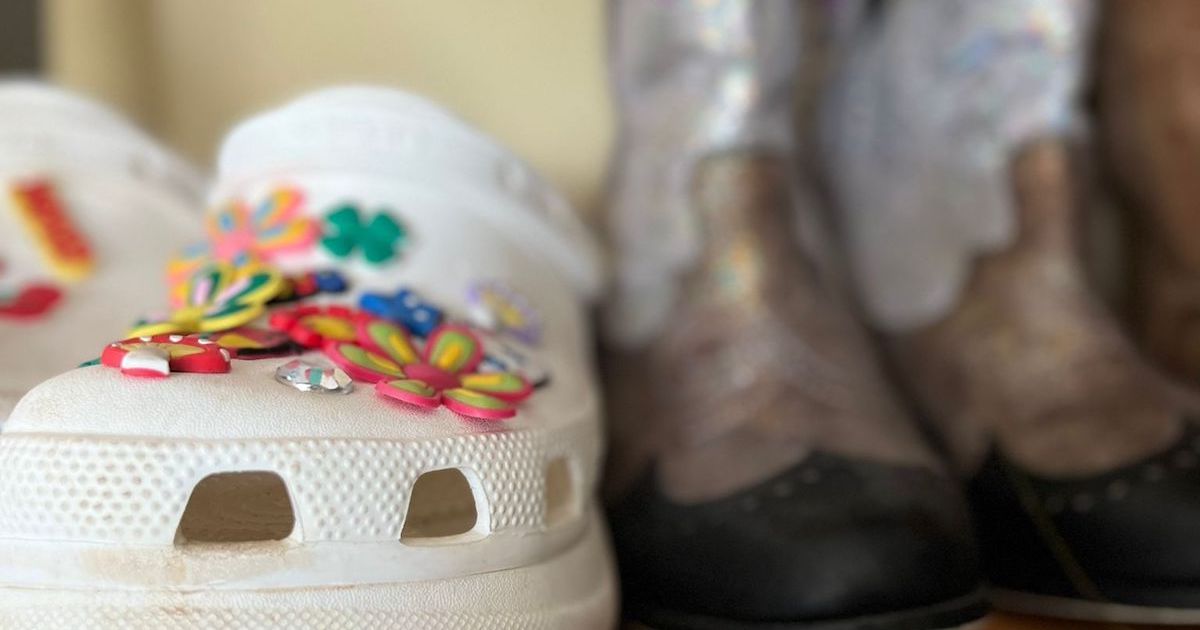
And her spirit guide was a unicorn called Sparkles that was painted on her bedroom wall. Commissioned from a proper muralist, one whose delusions of viability in the modern world we were happy to indulge for another eye-wateringly expensive week, it was an unmitigated success.
When we moved house two years later, it was only leaving Sparkles behind that bothered Matilda. She sat up late in her new bedroom, staring at her disenchanted wallpaper and fretting. Would Sparkles be missing her? Eventually I concocted a story about Sparkles having transcended our temporal domain and entered the Sylvan Eternal, the Unicorn mural equivalent of a goldfish going to live on a farm. Gradually, she calmed down and decided to become a wolf.
The howling years
Her wolf-hood was inspired by a Studio Ghibli movie called Princess Mononoke. The heroine does have an enviably evolved relationship with wolves, to be fair, and with other spirits of the forest, too. It might sound like a fantasy – it is – but compared with Matilda’s quotidian routines, she was earthy, bloody, and grounded.
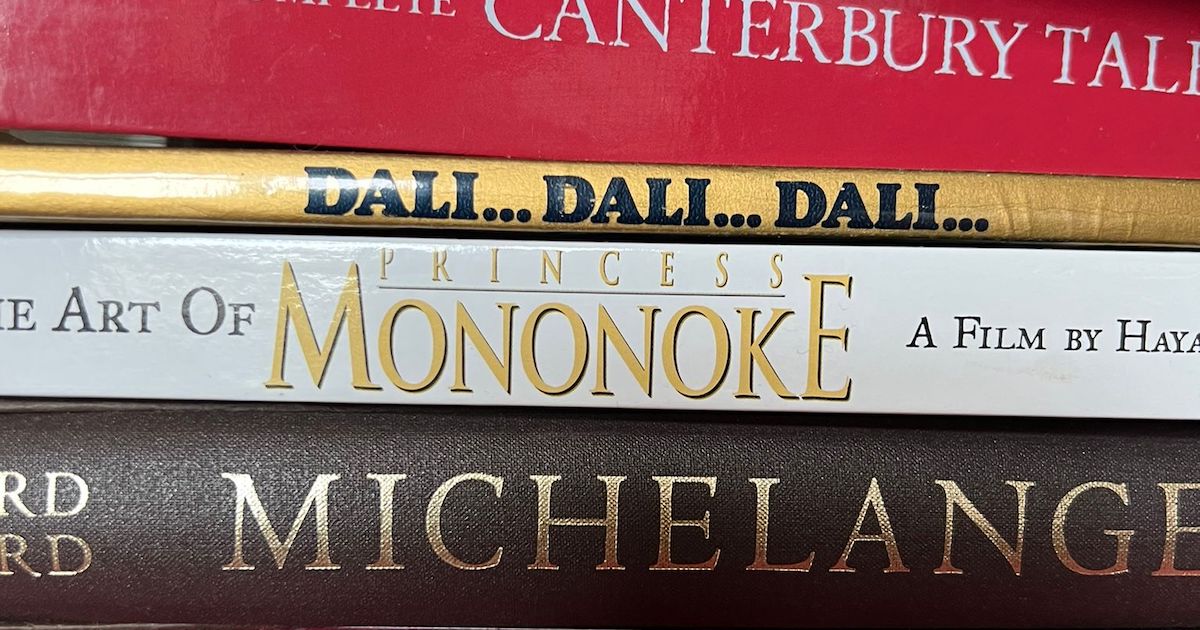
Matilda and her best friend Delphine were so thoroughly convinced of their lycanthropy that they demanded to be fed like wolves, and would sit on their haunches for hours at a time.
Matilda remained strongly in contact with the idea of the strange, of occult traditions of one kind or another.
They drew wolves the way Picasso drew bulls, and ice age man drew both. I am very relieved in hindsight that there was no political movement or “charity” in the Mermaid mould that might have suggested surgical remedies for this lupine dysphoria.
Eventually this gave way to puberty. But Matilda remained strongly in contact with the idea of the strange, of occult traditions of one kind or another. Her room has stained glass windows that fuse the Catholic with the Golden Bough (stuck on, of course, but wonderfully effective, especially as the sun rises).
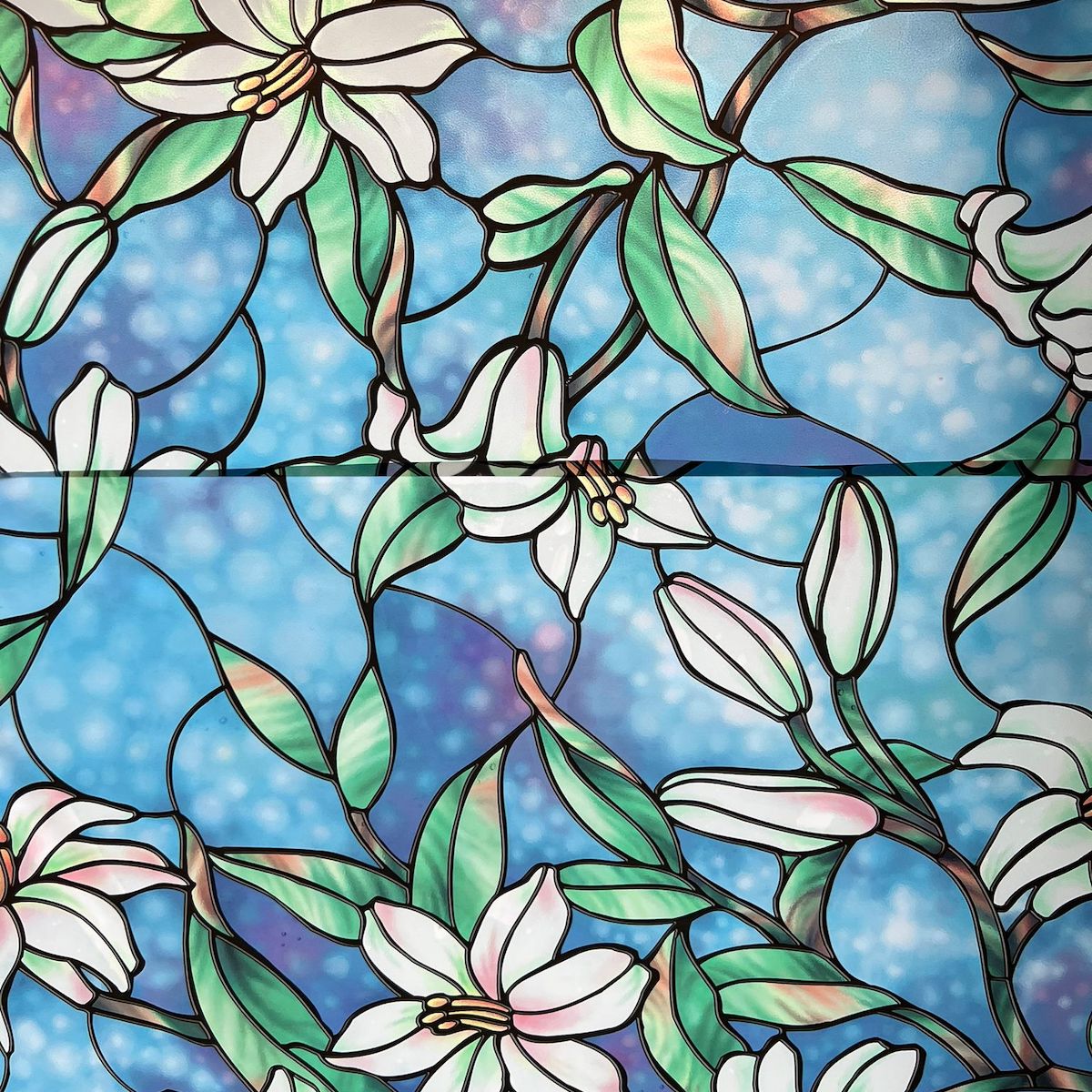
There are yards and yards of Indian textiles, and manifold, utterly undustable, quasi-sacred artefacts sitting on surfaces and dangling from light-fittings and heaped in bowls… and in the midst of this she purred like a perfectly satisfied cat.
There is no over-arching schemata, I think. No philosophy or substrate to this smorgasbord. It is a vibe. And there were times when I wondered if Matilda might not be ever-so-slightly mad. Especially, when she chose for her English Lit. A level focus, that very thing; the treatment and weaponisation of female insanity in fiction.
No, she’s not mad
Having spoken with a number of other fathers of daughters about our experiences, not to mention having leafed through newspapers, fashion magazines, and twitter, I have to concede that Matilda’s passage through some of the most treacherous waters known to humanity – girlhood, from puberty to majority – has been characterised by balance, poise, and togetherness. She’s got this.
When lockdown came, we both worried for both our children’s mental health, as did every other parent, I’m sure. It seemed horribly cruel, especially, that a popular girl should celebrate her sixteenth birthday in such a vestigial, inhibited manner – one friend, at two arms-length.
The tarot makes an awful lot of sense to me. It is, as much as art is, a vehicle for intuition
But I came to understand that the eco-system she had created in her attic room – the scents, the overgrown forest tangle of leaf, root and branch, dissolving the stern Euclidean geometry of Victorian housebuilders and even the softening of the inside/outside divide that her painted windows seems to achieve – this brought her immense peace and reassurance. It may not have been safe from the virus, but it was from shrill government “messaging”, 24-hour news cycles, and chemical quackery. It was a place where malady was implicitly understood, as the waning of a soon to be once again gibbous moon.
And her attraction to the Tarot was all of a part with that. The tarot makes an awful lot of sense to me. It is, as much as art is, a vehicle for intuition. We all read novels, watch movies, and play fantasy games to create distance between ourselves, or rather, our selves, that we might recognise them in the mirror. This too, is how the Tarot works. Nor is its collection of fates and archetypes any more ridiculous or fanciful than those found in Homer, Ovid, or Shakespeare.
So much magic has come and gone. The gods of Mount Olympus, and their Roman avatars. Christianity – Catholic, Protestant and post-Enlightenment. Capitalism, communism and whatever it is that is crumbling under our feet as I write. But the appetite, the god-shaped hole, remains.
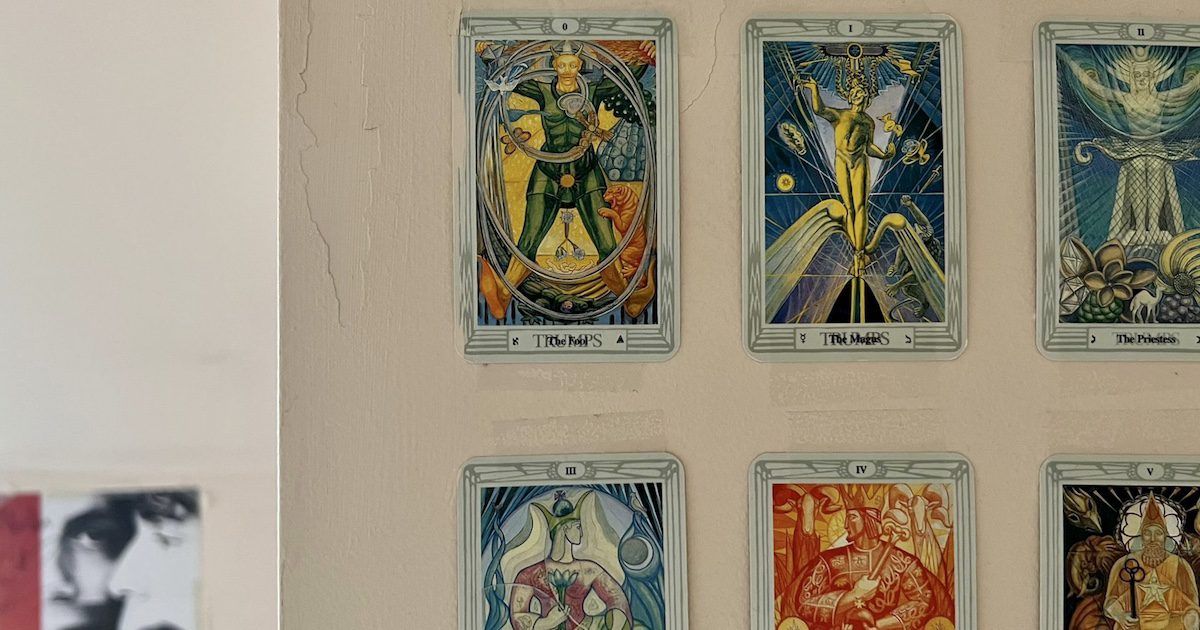
Our search for the mystic, and mythic, is legit
I suspect the need for some mystical dimension to life is universal – and healthy. We will find it somewhere, somehow. If not in religion, then in allegiance to some entity that really cannot sustain the burden; Chelsea FC, the British Monarchy, Harry Styles.
Are these any more coherent than a silk print of an Indian goddess, a Chinese dragon robe, or a double helix of incense spiralling up from a glowing incense tip?
The Tarot has started very few wars, fuelled very few riots, and convinced very few patriarchs of their right to brutalise their families. It has never suffered a “replication crisis” nor been “debunked”. We could all do a lot worse than to pause from time to time, and reflect on what the universe is whispering, through its ancient tongue.
And if I listen really closely, I think I can hear Matilda.

Having been a stand up comedian for over twenty years , with sell-out national tours and multiple TV appearances, Simon has recently expanded into writing for a number of publications in print and online. He has appeared in The Spectator, The Telegraph, Spiked, The Critic, Quillette, and Unherd – and Silver! He also has trophies for winning Celebrity Mastermind AND Pointless Celebrities.

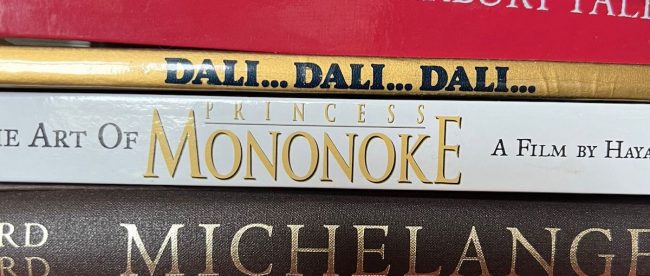

Leave a comment